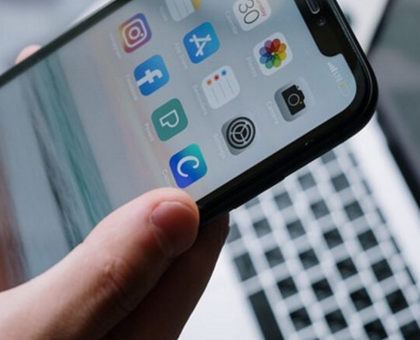Introduction:
Imagine you’re on a video call with a loved one, or you’re trying to listen to your favorite music, but you can’t hear anything because your iPhone’s front speaker is turned off. Frustrating, right? The front speaker of your iPhone plays a crucial role in delivering sound for calls, videos, and more. In this comprehensive guide, we will walk you through the steps to turn on your iPhone’s front speaker and troubleshoot any issues that may arise during the process. Let’s explore the benefits, common problems, and solutions.
Benefits of Turning On iPhone Front Speaker: The iPhone’s front speaker is an essential component that enhances your overall user experience. Here are some of the benefits:
- Crystal Clear Calls: When your front speaker is on, your calls will be loud and clear, ensuring that you can communicate effectively with friends, family, or colleagues.
- Immersive Multimedia: Whether you’re watching videos, playing games, or listening to music, turning on the front speaker enhances the audio quality, making your multimedia experience more immersive.
- Hands-Free Voice Commands: When using voice assistants like Siri, turning on the front speaker ensures that your commands are heard and executed accurately.
Common Issues During the Process:
Before diving into the steps, it’s important to be aware of potential issues that might occur when trying to turn on your iPhone’s front speaker:
- Software Glitches: Sometimes, software issues can cause the front speaker to malfunction. These glitches may require a software update or reset to fix.
- Hardware Damage: Physical damage to the speaker or internal components can prevent it from working correctly. In such cases, professional repair may be necessary.
- Settings Misconfiguration: Incorrect audio settings can lead to issues with the front speaker. Ensuring the right settings are in place is crucial.
Common Error Codes (with Examples):
While turning on the iPhone’s front speaker, you may encounter error codes or messages. Here are a few common ones and what they mean:
- Error Code 1: “No audio output device found.” This error often indicates a hardware issue with the front speaker or a loose connection.
- Error Code 2: “Speaker volume is muted.” This message suggests that the speaker’s volume is set to zero. Adjust the volume settings to resolve this.
Ways to Turn On iPhone Front Speaker:
Now, let’s explore different methods to turn on your iPhone’s front speaker, both automatically and manually.
Automatic Method:
- Make a Call: Simply dial any number and hold the iPhone to your ear. The proximity sensor will detect your ear’s proximity and activate the front speaker for calls.
Manual Methods:
- Volume Buttons: Press the volume up button on the side of your iPhone to increase the sound. Ensure that the volume isn’t muted.
- Control Center: Swipe down from the top-right corner (or up from the bottom on older models) to access the Control Center. Adjust the volume slider to increase sound.
- Settings App:
- Go to “Settings.”
- Scroll down and tap “Sounds & Haptics” or “Sounds & Vibration Patterns.”
- Adjust the “Ringer and Alerts” volume to control the front speaker’s sound for calls.
Solutions in Detail:
Software Issues:
- If you suspect a software glitch, try restarting your iPhone or performing a software update to the latest version.
Hardware Damage:
- If the front speaker is physically damaged, contact Apple Support or visit an Apple Store for professional repair services.
Settings Misconfiguration:
- Check the settings in the “Sounds & Haptics” or “Sounds & Vibration Patterns” section to ensure the volume is not muted and the slider is up.
Conclusion:
The front speaker of your iPhone plays a vital role in your daily communication and entertainment. By following the steps outlined in this comprehensive guide, you can easily turn on your iPhone’s front speaker and troubleshoot common issues. Enjoy crystal clear calls and immersive multimedia experiences once again.
Additional FAQ:
Q1. Why is my iPhone’s front speaker not working during calls? A1. This could be due to software glitches, hardware damage, or misconfigured settings. Follow the troubleshooting steps in this guide to identify and resolve the issue.
Q2. Can I replace the front speaker myself if it’s damaged? A2. It’s recommended to seek professional repair services for speaker replacement to avoid causing further damage to your device.
Q3. What should I do if my iPhone’s front speaker is still not working after trying all the troubleshooting steps? A3. If the issue persists, contact Apple Support or visit an Apple Store for further assistance.




